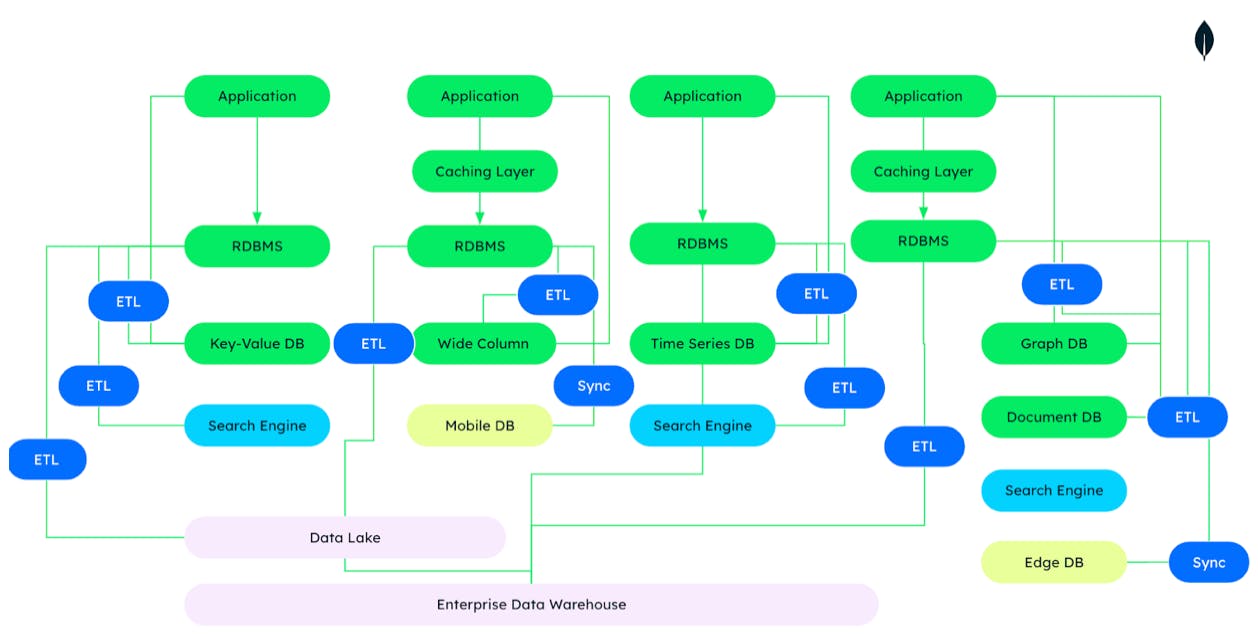How to Build the Right App For Your Mobile Workforce
The average turnover rate in the retail industry is slightly above 60%. This high turnover rate translates into more than 230 million days of lost productivity and $19 billion in costs associated with recruiting, hiring, and training, according to Human Resources Today.
When surveyed by Harvard Business Review, 86% of the organizations polled said frontline workers need better technology-enabled insights to be able to make good decisions in the moment. The survey also pointed out that leading retailers are starting to consider the impact tech can have on productivity.
Combined, the data points to a growing chorus of evidence that suggests a mobile workforce — where employees are empowered with the digital tools needed to not only provide a great customer experience but also make their own jobs easier — is less likely to feel burnout and be dissatisfied with their jobs.
What a mobile workforce can do for your organization
With an intuitive, modern app, you can accomplish key business objectives.
-
Improve the customer buying experience: Frontline staff equipped with mobile-first technologies can better match the fluency of the customers. It enables them to serve the customer better by providing accurate, real-time information, such as what items are in stock, or make suggestions based on customer buying history.
-
Increase employee productivity: According to Deloitte, workers spend as much as three hours each week looking for the information they need. Imagine the impact regaining those hours could have on worker productivity!
-
Track and improve performance, sales, and buying experience through data analysis: The potential of workforce enablement apps extends beyond just identifying what items are in stock at which stores. They can also gather valuable data that can reveal key patterns in everything from customer purchase habits and target peak shopping times to individual worker metrics such as number of successful sales. With those data insights, you can better allocate workers, assign workers based on strengths, stock items based on buying trends, and more.
Challenges when building a retail worker app
An always-connected and innovative retail workforce enablement app sounds great, but building this kind of intuitive app from the ground up presents a lot of challenges for already strained IT teams.
Many retailers still rely heavily on relational databases that require additional support from a sprawl of supporting databases and technologies.

This “spaghetti” architecture has several drawbacks when it comes to building a mobile app that truly empowers developers.
-
The data from all these systems ends up siloed, requiring time-consuming ETL maneuvers to bring it together into a single view.
-
Real-time access to data and insights, required to know what’s out of stock, who made a purchase for pickup, and more becomes harder to orchestrate.
-
It’s hard to ensure data synchronization between a worker’s app and the backend database when they’re moving in and out of connectivity (when workers walk to the back of a warehouse or stockroom, for instance). It’s even harder with a sprawling data architecture to account for.
-
The added complexity managing multiple databases, analytics suites, and the connections between them slows down your development teams, burdening them with additional complexity and maintenance issues to manage.
As a result, IT teams will spend more time managing data silos and supporting old systems and applications than enabling mobile platforms to support new applications and empower frontline staff.
To learn more about these issues — and overcome them — read our latest whitepaper, Why It’s So Hard for Retailers to Build a Workforce Enablement App (and How to Do It Right).